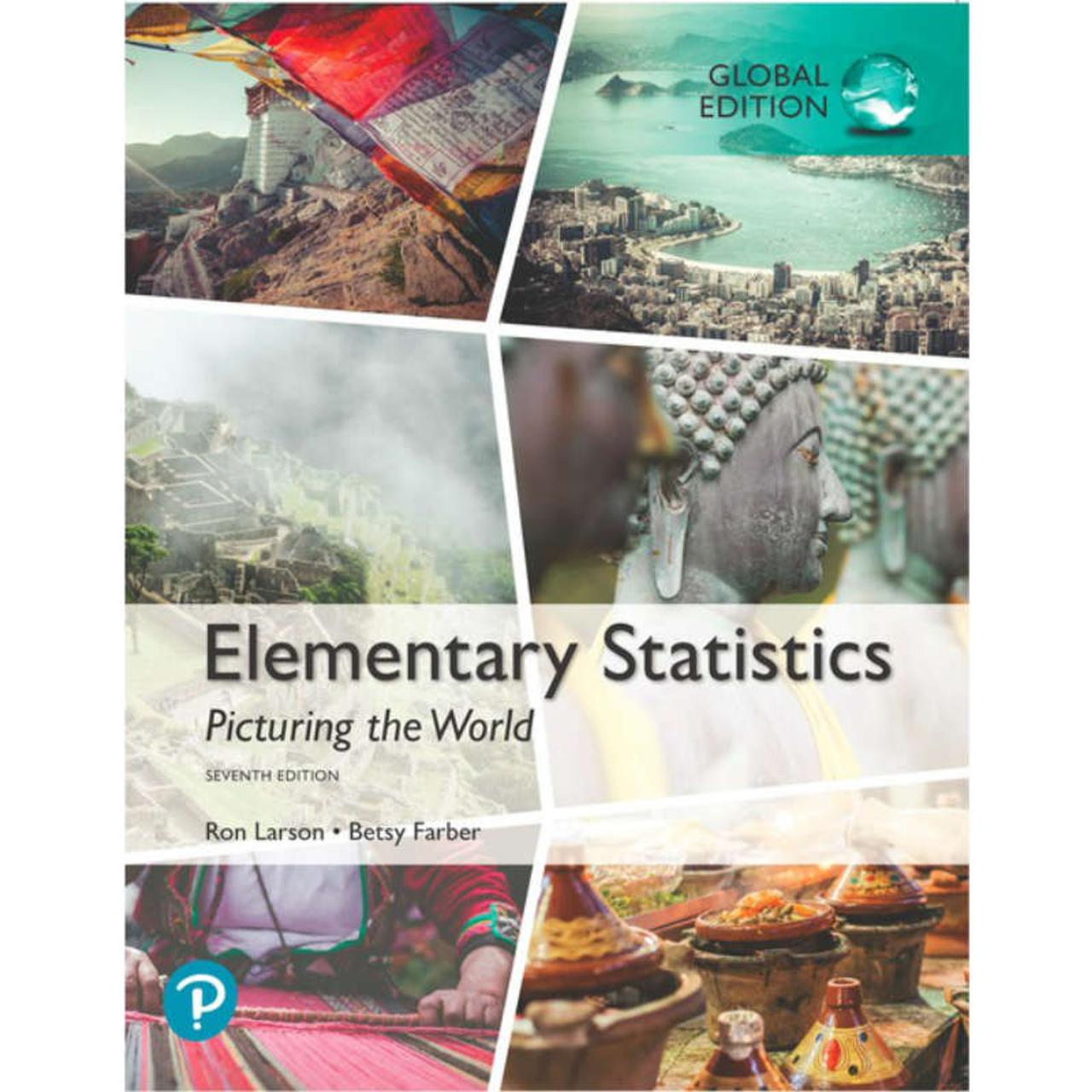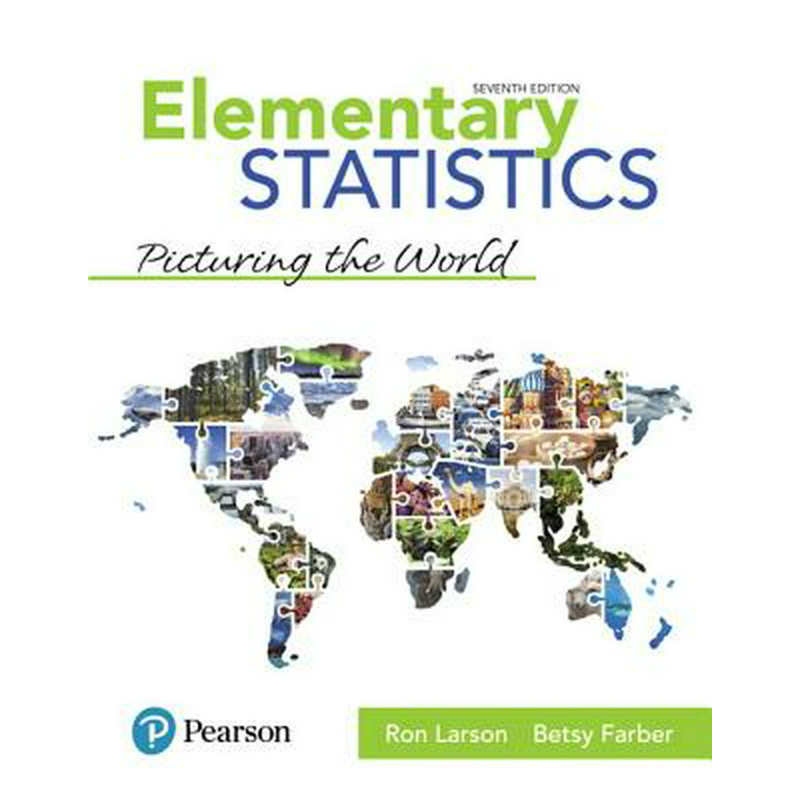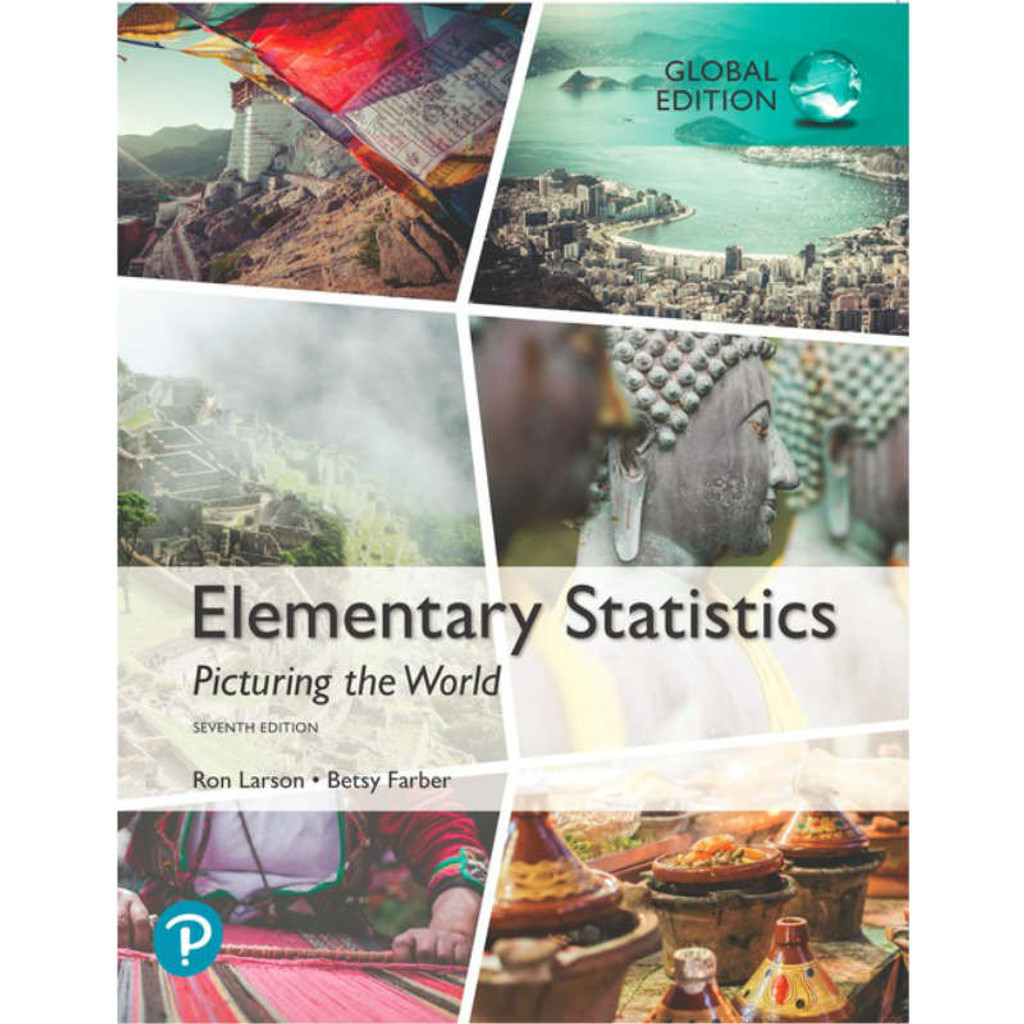Elementary statistics: picturing the world 7th edition pdf free – Unveiling the mysteries of the world around us, “Elementary Statistics: Picturing the World, 7th Edition PDF Free” empowers individuals with the tools to navigate the vast ocean of data, making informed decisions based on statistical insights. This comprehensive guide unveils the intricacies of data collection, organization, and analysis, providing a roadmap to understanding the language of statistics.
Delving into the heart of statistical analysis, this resource illuminates the significance of data in decision-making, exploring the methods of data collection, and emphasizing the importance of data organization. It unravels the concepts of descriptive statistics, probability, and sampling, laying the foundation for understanding the complexities of statistical inference.
Introduction: Elementary Statistics: Picturing The World 7th Edition Pdf Free

Elementary statistics is the science of collecting, organizing, analyzing, interpreting, and presenting data. It is a powerful tool that can be used to understand the world around us and make informed decisions.
Data is essential for statistical analysis. It can be collected in a variety of ways, including surveys, experiments, and observational studies. Once data is collected, it must be organized in a way that makes it easy to analyze. This can be done using tables, graphs, and charts.
Descriptive Statistics
Descriptive statistics are used to summarize data. They can be used to describe the central tendency of a data set, as well as its variability.
Measures of central tendency include the mean, median, and mode. The mean is the average of a data set. The median is the middle value of a data set. The mode is the most frequently occurring value in a data set.
Measures of variability include the range, variance, and standard deviation. The range is the difference between the largest and smallest values in a data set. The variance is the average of the squared deviations from the mean. The standard deviation is the square root of the variance.
Probability and Sampling, Elementary statistics: picturing the world 7th edition pdf free
Probability is the study of the likelihood of events. It is used in statistical inference to make predictions about a population based on a sample.
Different types of probability distributions include the normal distribution and the binomial distribution. The normal distribution is a bell-shaped curve that is used to model many different types of data. The binomial distribution is used to model the number of successes in a sequence of independent experiments.
Sampling is the process of selecting a representative subset of a population. Sampling techniques can be used to make inferences about a population based on a sample.
Hypothesis Testing
Hypothesis testing is a statistical procedure used to test the validity of a hypothesis. A hypothesis is a statement about the population that is being tested.
The steps of hypothesis testing include:
- State the null hypothesis and the alternative hypothesis.
- Collect data from a sample.
- Calculate the test statistic.
- Determine the p-value.
- Make a decision about the null hypothesis.
Correlation and Regression
Correlation is a statistical measure that describes the relationship between two variables. It can be used to determine whether two variables are positively correlated, negatively correlated, or not correlated.
Different types of correlation coefficients include the Pearson correlation coefficient and the Spearman rank correlation coefficient. The Pearson correlation coefficient is used to measure the linear relationship between two variables. The Spearman rank correlation coefficient is used to measure the monotonic relationship between two variables.
Regression analysis is a statistical technique that can be used to predict the value of one variable based on the value of another variable. Regression analysis can be used to create a regression line that can be used to make predictions.
Applications of Elementary Statistics
Elementary statistics is used in a wide variety of fields, including business, medicine, and social science.
In business, elementary statistics is used to make decisions about marketing, production, and finance. In medicine, elementary statistics is used to design clinical trials and to analyze medical data. In social science, elementary statistics is used to conduct surveys and to analyze social data.
Elementary statistics is a powerful tool that can be used to understand the world around us and make informed decisions.
Frequently Asked Questions
What is the significance of elementary statistics in understanding the world?
Elementary statistics provides the tools to analyze and interpret data, enabling us to draw meaningful conclusions from the vast amount of information that surrounds us.
How does data collection play a crucial role in statistical analysis?
Data collection forms the foundation of statistical analysis, as the quality and accuracy of the data directly impact the reliability of the insights derived from it.
What is the purpose of descriptive statistics?
Descriptive statistics summarize and describe data, providing a concise overview of its central tendencies and variability, making it easier to understand and interpret.
How does probability contribute to statistical inference?
Probability theory allows us to make predictions and draw conclusions about a population based on a sample, enabling us to generalize our findings beyond the immediate data at hand.
What is the ethical responsibility associated with using statistics?
Statistics should be used responsibly and ethically, ensuring that data is not manipulated or misinterpreted to mislead or deceive.


